Australia/Enero de 2018/Fuente: Borneo Bulletin
Resumen:
BRUNEI es un país importante en la región para Australia, y uno de los aspectos más significativos de la relación bilateral entre los dos países es la educación, destacó Nicola Rosenblum, Alto Comisionado de Australia a Brunei Darussalam durante una entrevista con el Boletín.
Explicando más sobre esta relación bilateral, el alto comisionado dijo que Brunei es «un país regionalmente importante para Australia» y que «Asean es realmente una parte clave de su vecindario».
«Para nosotros, Asean es estratégicamente importante, y dentro de ese (contexto) tenemos vínculos bastante estrechos con Brunei porque tenemos vínculos históricos de la Commonwealth, y también porque en realidad tenemos una historia militar compartida interesante», dijo, y señaló que Australia dirigió las fuerzas aliadas que desembarcaron en Brunei en 1945 como parte de la campaña para liberar Borneo.
BRUNEI is an important country in the region for Australia, and one of the most significant aspects to the bilateral relationship between the two countries is education, highlighted Nicola Rosenblum, the Australian High Commissioner to Brunei Darussalam during an interview with the Bulletin.
Explaining further on this bilateral relationship, the high commissioner said that Brunei is “a regionally important country for Australia” and that “Asean is really a key part of her neighbourhood”.
“For us, Asean is quite strategically important, and within that (context) we actually have quite close ties to Brunei because we have historical Commonwealth links, and also because we actually have an interesting shared military history,” she said, noting that Australia led the Allied forces that landed in Brunei in 1945 as part of the campaign to liberate Borneo.
“Our trading relationship is about half a billion dollars a year. A lot of that is petroleum – Australia buys oil from Brunei – but it’s also food in the other direction. So Australia supplies quite a lot of meat, in particular, to Brunei.”
Increasingly, this has come to include education and air services, she said, such as “Australians flying Royal Brunei Airlines, Bruneians choosing to study in Australia, and increasingly, Australians coming to Brunei”.

“Australia is the second-largest desti-nation for Bruneian students studying overseas, so we have around 400-500 Bruneian students in Australia at any one time,” she said, adding that some of the students are on government scholarships and some on twinning programmes from Universiti Brunei Darussalam (UBD).
The high commissioner also shared that under the New Colombo Plan – an Australian Government initiative – Australians can study and work in the region.
“This year, we’re expecting probably 40 Australian students to come to Brunei for work and study placements,” she said. “Most will be (in Brunei) for a relatively short-term – a few weeks or a few months, doing things like environmental science, physiotherapy and disability studies… They’ll actually come to learn from Brunei in its area of expertise.”
Rosenblum also shared that the Study in Australia Fair will be held on February 9, where the Australian High Commission will bring Australian universities to Brunei to allow Bruneian students to meet directly with university representatives.
“We also have the Endeavour Awards, a scholarship programme that Bruneians are eligible to apply for. We have had some Bruneian students study in Australia under the Endeavour Awards,” she said.
The high commissioner also noted that Brunei’s Mahakarya Institute of Arts has formed a relationship with TAFE Queensland to set up a film school in Brunei. “That will actually be delivering Australian film studies qualifications to Brunei, so that will be a completely different way of kind of looking at that education relationship,” she said.
The high commissioner said, on the sidelines of the Asean-Australia Special Summit taking place in March, there will be a business summit gathering CEOs from each of the Asean member countries to Australia to meet with Australian CEOs.
“I’m expecting at least five CEOs from Brunei to participate in that summit, where attendees will be looking at ways to try and expand economic and business links between Australia and Asean,” Rosenblum said.
She also said efforts will be made at the summit to inform Australian businesses how they could expand into the Asean market and “how they can target Asean markets for development, for investment, or for expanding their own economic footprint”.
“For a lot of them, it might feel like a big step or they might not be aware of the opportunities that are available in Asean.”
Fuente: https://borneobulletin.com.bn/education-a-core-pillar-in-brunei-australia-ties/
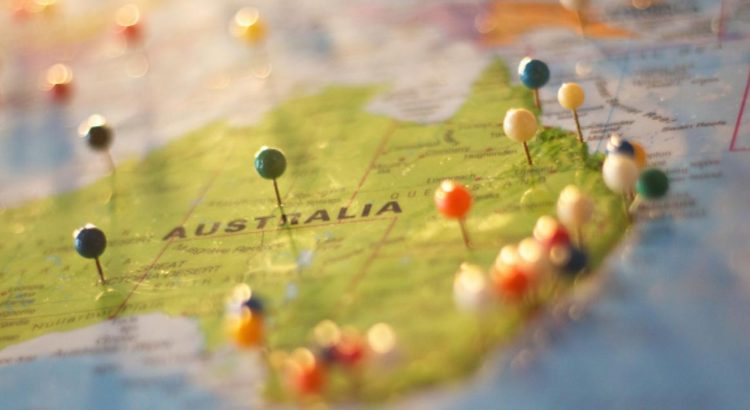
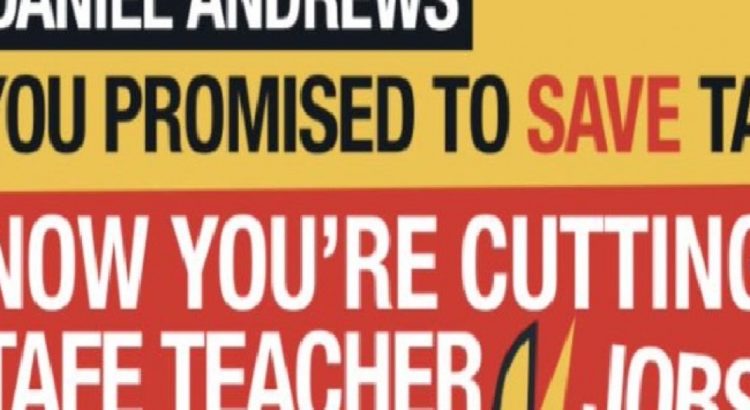

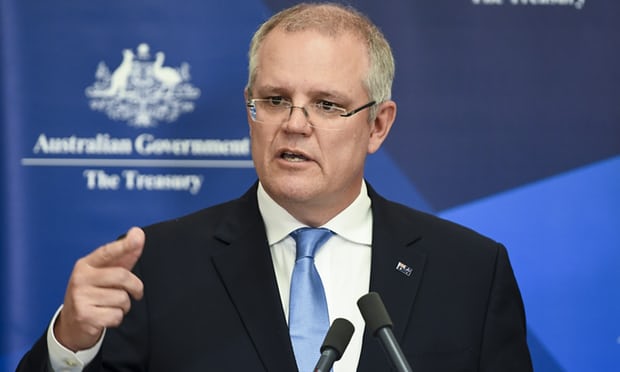
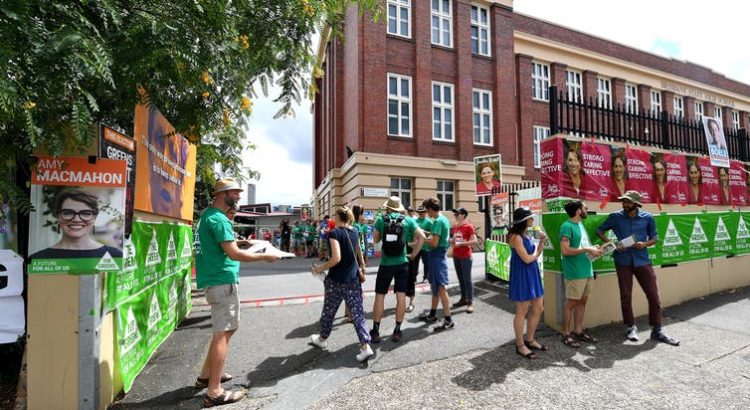
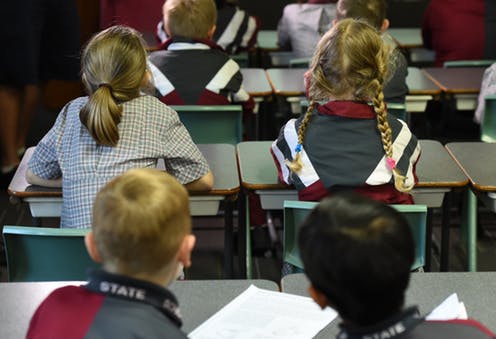
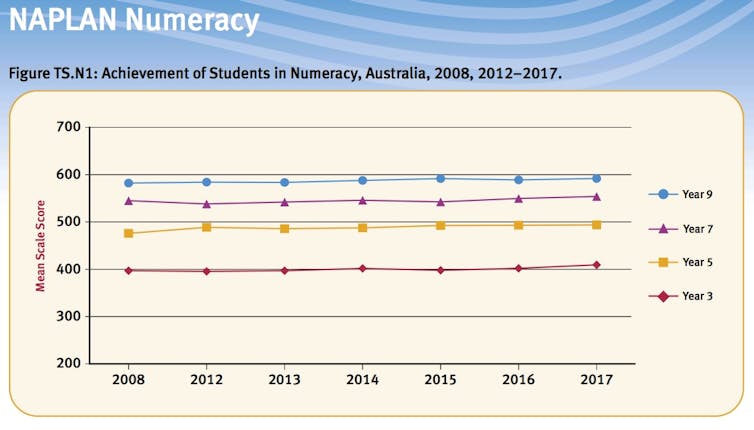

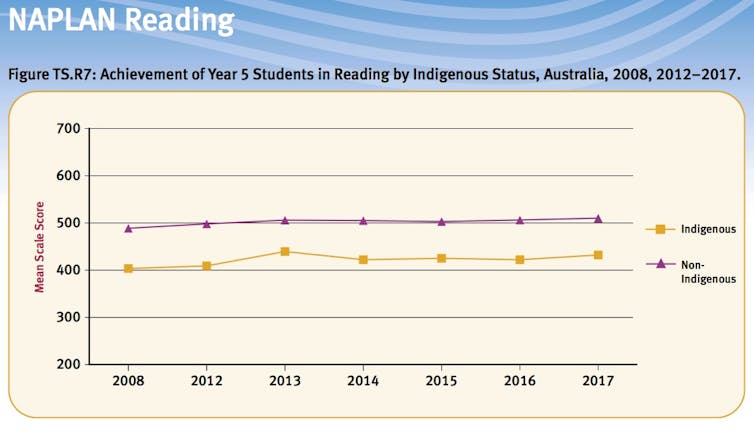
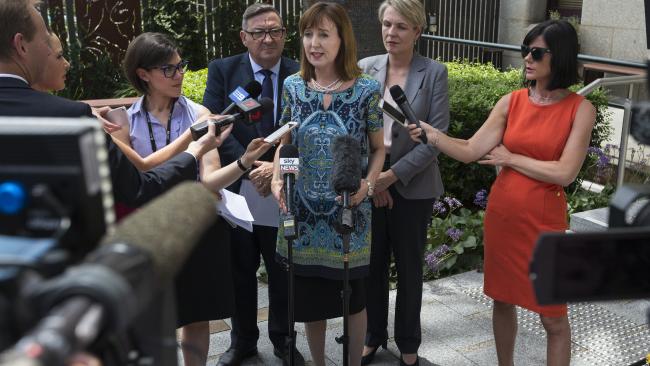




 Users Today : 49
Users Today : 49 Total Users : 35459955
Total Users : 35459955 Views Today : 56
Views Today : 56 Total views : 3418521
Total views : 3418521